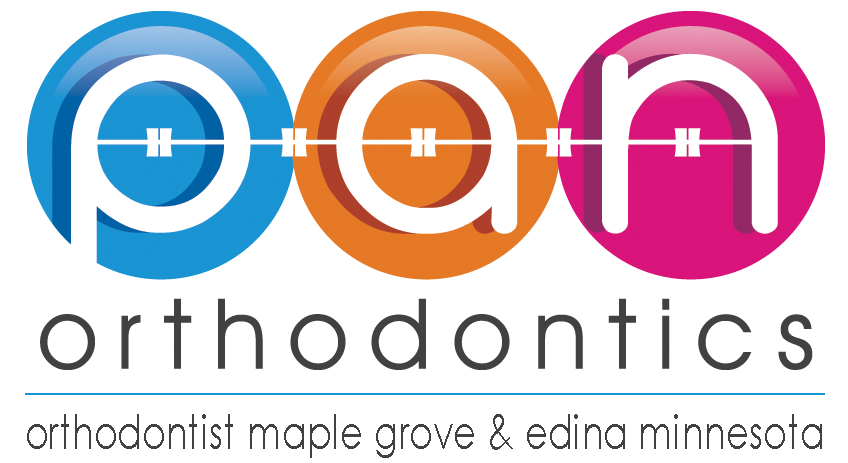Orthodontic Conditions - Prognathism
Prognathism is a relationship of the positioning between the mandible or maxilla to the skeletal base. It occurs when either of the jaws protrude beyond a predetermined line in the coronal plane of the skull. It is assessed clinically or radiographically in general dentistry, oral and maxillofacial surgery and orthodontics. One or more types of prognathism can result in the common condition of malocclusion, where an individual's top teeth and lower teeth do not properly align.
Presentation
Prognathism can occur from a malformation, be the result of an injury, caused by a disease or occur due to a hereditary condition. Prognathism is only considered to be a disorder when it affects chewing, speech or social functions.
Clinical determinants include an analysis of the soft tissue where the clinician assesses the nasolabial angle, the relationship between the soft tissue portion of the chin and the nose, and the relationship between the upper and lower lips. The analysis used is also a dental arch relationship assessment such as Angle's classification.
A cephalometric analysis is the most accurate way to determine the type of prognathism. The cephalometric analysis includes an assessment of the skeletal base, occlusal plane angulation, facial height, soft tissue assessment and anterior dental angulation. Various calculations and assessments obtained from the information in a cephalometric radiograph will allow the clinician to objectively determine dental and skeletal relationships and create an effective treatment plan.
Prognathism is not the same as a micrognathism. Though combinations of both are found. The condition affects the middle third of the face, and causes it to jut out. It increases the facial area, similar to the phenotype of archaic hominids and the structure found in apes. Mandibular prognathism is a protrusion of the mandible and affects the lower third of the face. Alveolar prognathism is a protrusion of the portion of the maxilla in the dental lining of the upper jaw where the teeth are located.
Prognathism can also be used to determine how the maxillary and mandibular dental arches are related to one another. This includes a malocclusion, where the upper and lower teeth are not aligned. When there is maxillary or alveolar prognathism, which causes an alignment of the maxillary incisors that is significantly anterior to the lower teeth, the condition is referred to as an overjet. When the reverse occurs, and the lower jaw extends forward beyond the upper, the condition is referred to as retrognathia, also known as a reverse overjet.
Alveolar prognathism
Not all alveolar prognathism is anomalous. Substantial differences can be observed throughout different ethnic groups.
Harmful habits, including thumb sucking or tongue thrusting, can result in or exaggerate an alveolar prognathism. This ultimately causes the teeth to be misaligned. Functional appliances can be used in young children to help modify the bad habits in addition to the neuro-muscular function.
Fixed orthodontic therapy is often used to correct alveolar prognathism. However, with the use of fixed orthodontic therapy, relapse can be quite common.
Maxillary prognathism
In the state of disease, maxillary prognathism can be associated with the Cornelia de Lange syndrome. However, false maxillary prognathism or retrognathism, where there is a lack of growth of the mandible, is a far more common condition.
Prognathism, when it is not extremely severe, can be treated in growing patients using orthodontic functional or orthopedic appliances. When the condition is present in adult patients, it can be corrected through a combination of surgical and orthodontic treatments. Mandibular advancement is often performed.
Pan Orthodontics Philosophy
To treat our patients as our families and to treat others as how we want to be treated. From your first phone call to the moment your new smile is born, everything in our office is set up to ensure an excellent experience with us. We will always listen to you and improve with your suggestions.
Featuring The Latest Orthodontics Technology
Our Commitment to You
We will continue to keep up with the ever growing digital technologies to improve your orthodontic experience. We also commit to always help you find the most convenient time for your visit with us.




